Made by: Factory 001 – The Hem Throws
We've recently spent a day at one of our most trusted manufacturers in Lithuania to let you peek into the production process of our Hem throws, step by step.
Photography: Krzysztof Pacholak
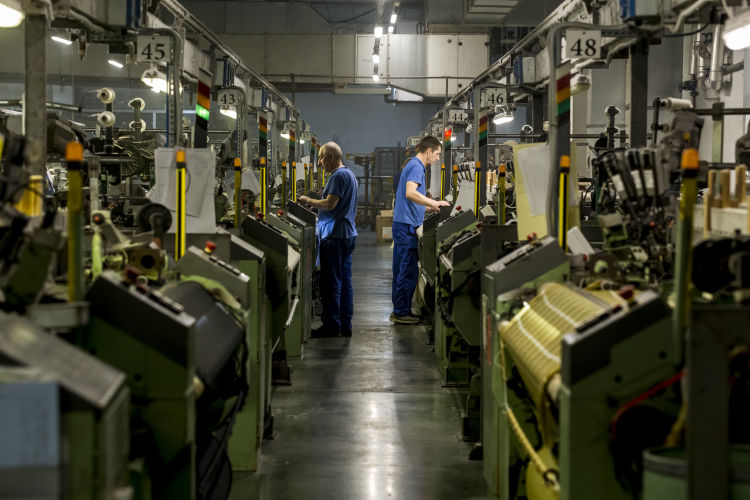
Walking onto the production floor of the Liteksas textile factory outside Kaunus in Lithuania is like stepping back and forward in time all at once. Founded in 1927, the company has spent almost a century preserving and perfecting the intricate art of weaving and is trusted by the world’s best interiors and fashion brands to produce their textiles, fabrics and woven products and as part of the prestigious Marzotto Group, it is trusted by the world’s best interiors and fashion brands to produce their textiles, fabrics and woven products.
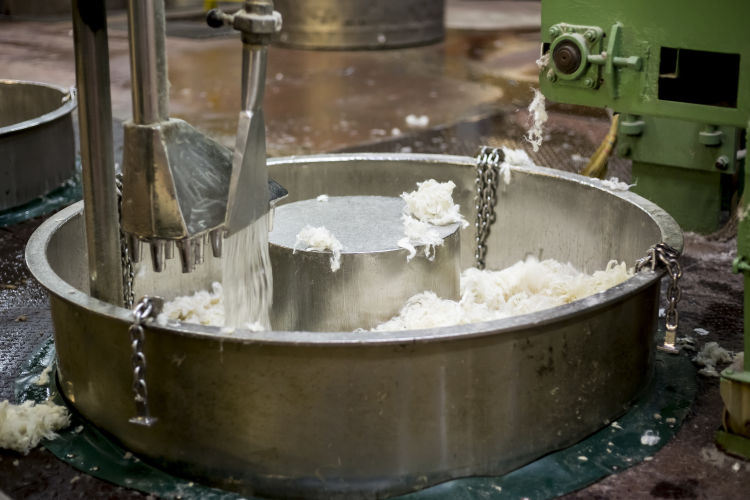
The process begins by washing the finest New Zealand lamb’s wool

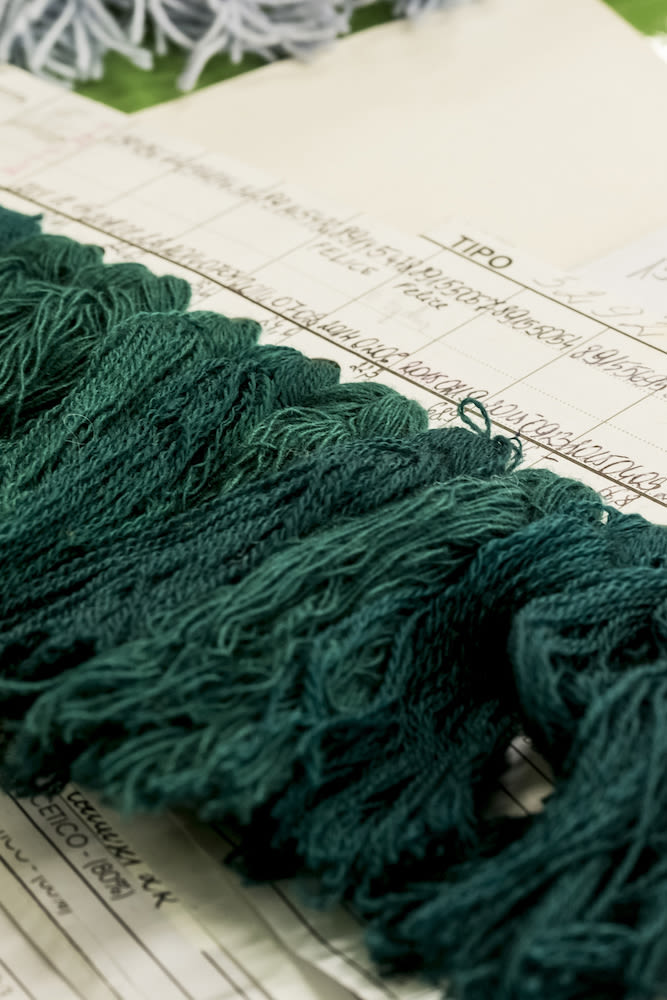
Clean wool is then dyed after long colour-matching and spectrometer tests
As one walks past raw wool being prepared for yarn, pops a head into the dyeing laboratory or listens to the cacophonous purr of the vast banks of looms, it is clear that something special is taking place here.
“Liteksas has the widest range of capabilities for producing blankets in the world because of the experience of our technicians and development team. We can control all processes from dyeing to final packaging,” says Laimonas Gasiunas, the company’s Head of Production.
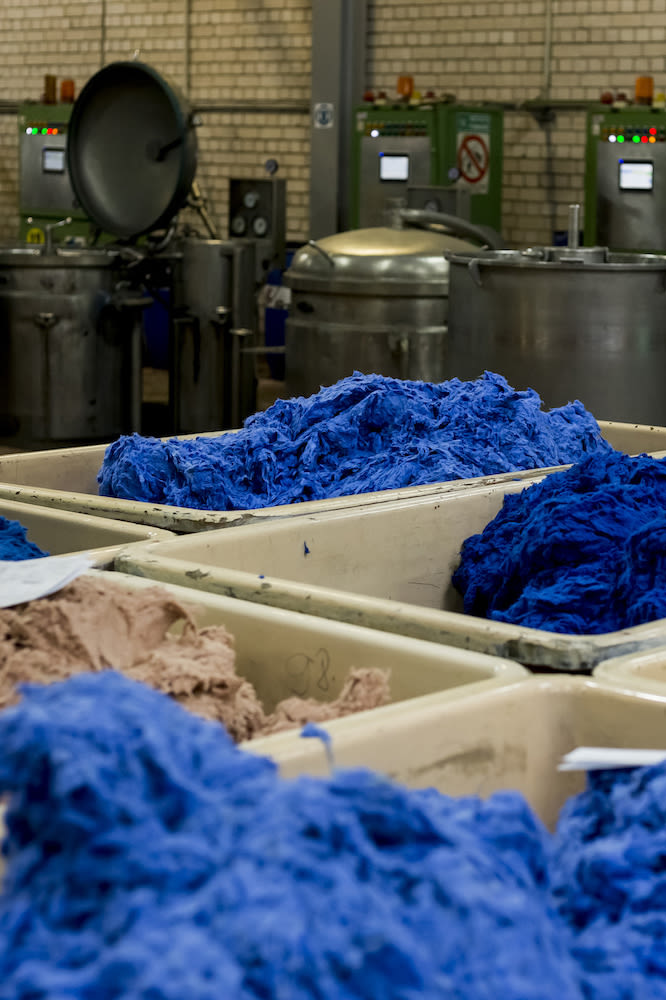
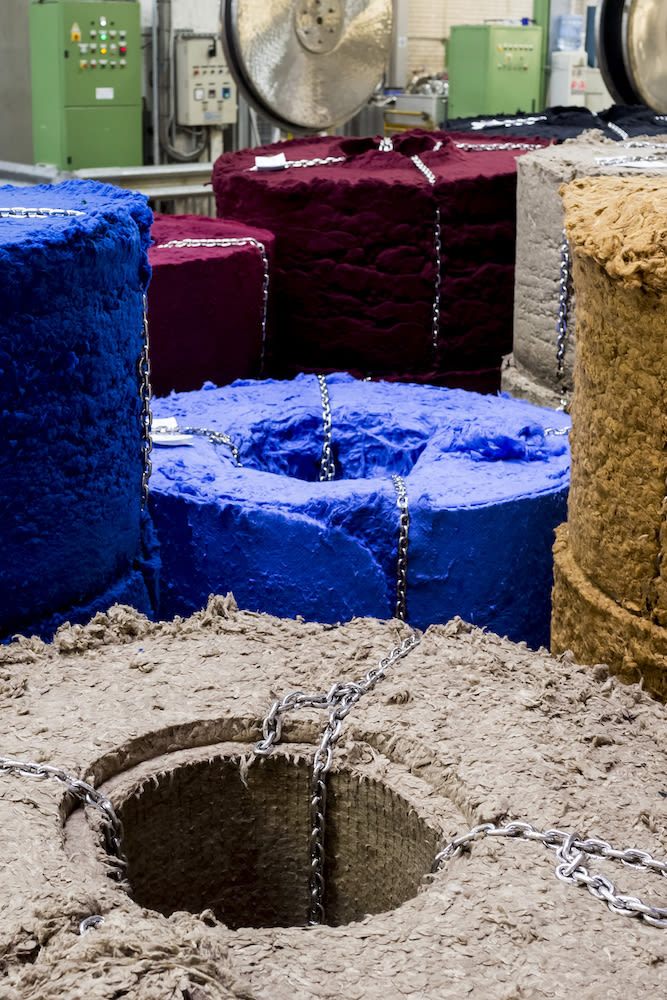
The dyeing process (above)
When Hem added textiles to its collection, there would be no scrimping on quality and Liteksas was the only manufacturer that could meet the exacting standards of the design team.
“When we initiate any product, we approach a designer to design something especially for Hem. After agreeing on the designs we develop our products together with the manufactures as they have the best knowledge and long-standing experience,” says Svenja Diekmann, Head of Design and R&D at Hem. “We approached Arthur Arbesser, a Viennese fashion designer based in Milan, to design the first Arch Throw, which is his signature pattern. He understands textiles, jacquard weaving and even the construction of it. Combined with his incredible comprehension for colours, it made the Arch Throw a really good product,” she continues.

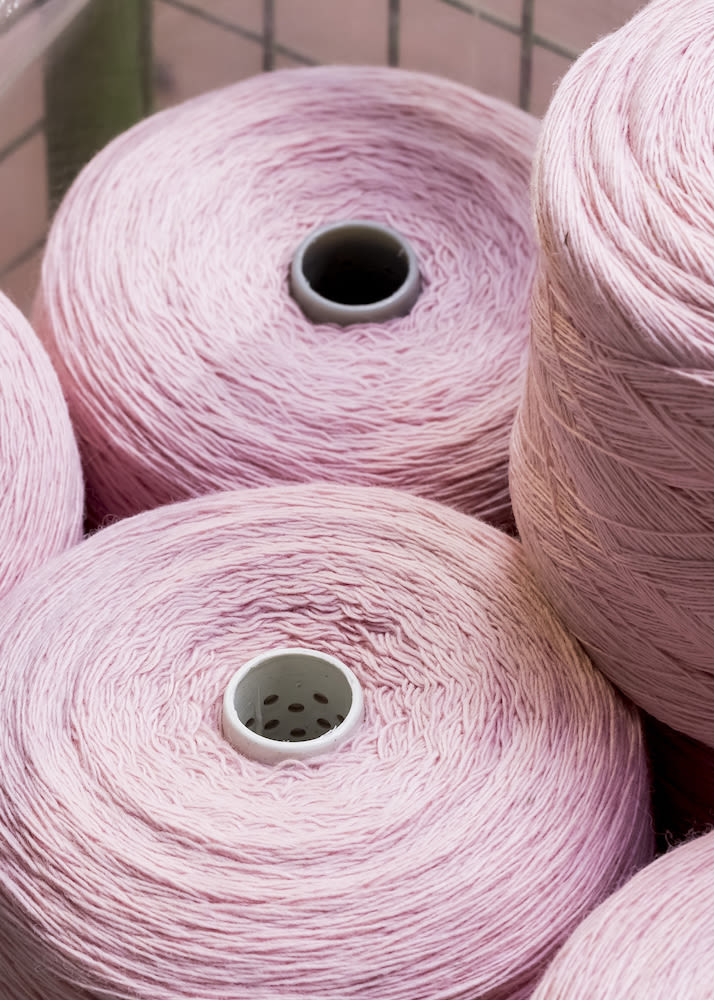

Sets of yarns are combined into the warp before weaving can begin
Liteksas were happy to oblige. With a capacity for 2,000 blankets per day, the company spends much of its time in R&D and a single item can take up to nine months to develop. “The most important steps for us are at the beginning. We met with Hem to brainstorm on the quality and the best colour outcome for Arthur’s design. We made three trials and by the third we were happy with clear colours and no wrinkles. Once this was complete, the real colour development began at the in-house laboratory before Svenja and Arthur signed off,” says Gasiunas.
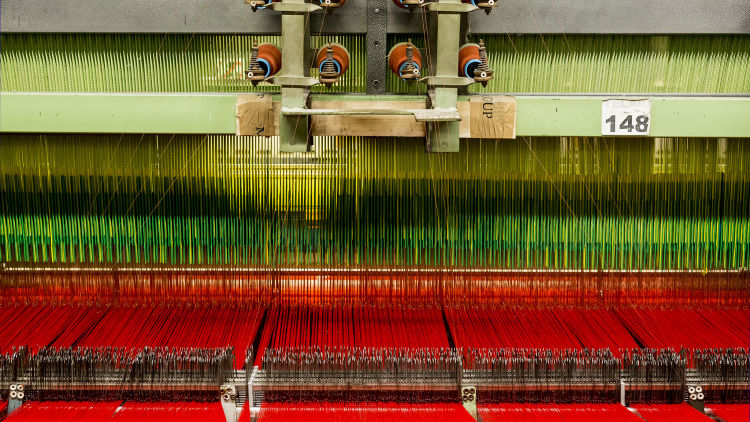


The warp is loaded lengthwise into the loom by the Liteksas technicians
The manufacturing process is a long, technical and time-consuming affair, but Gasiunas attempted to distil it, “We begin with pure lamb’s wool from New Zealand. We then wash it before the dyeing begins. It is then spun before the process of warping and weaving takes place. Once the looms are adjusted, which takes up to three days, the weave starts. After a wash the throw goes into brushing and felting, which gives it a pleasing stiffness. A steam removes any electrical charge before it meets sewing, finishing and quality control and the final packaging is complete,” he finishes.

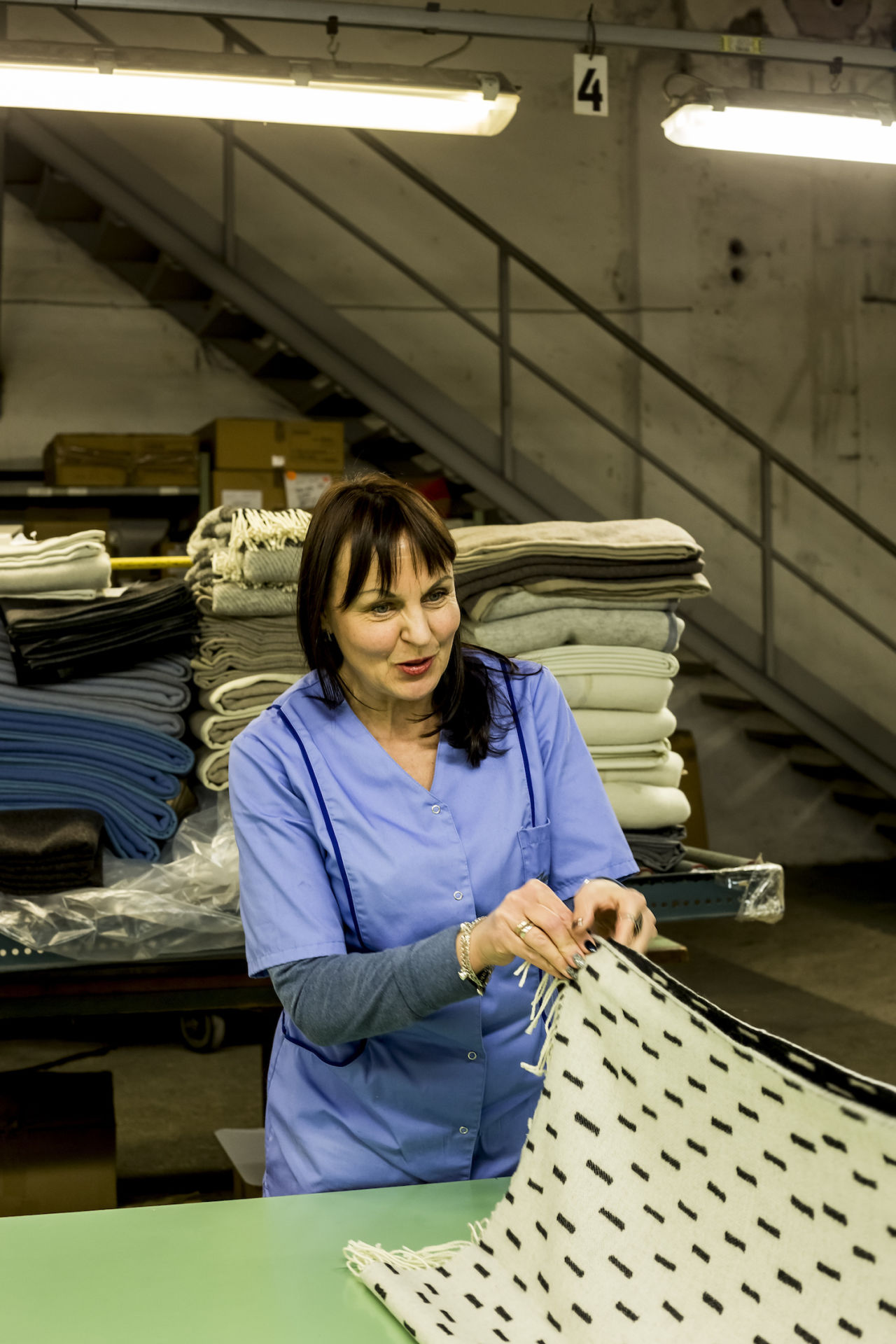
Once the weaving is complete, the intricate and time-consuming process of sewing,
quality control and packaging finishes the whole operation.
On the left: Kenno Throw, on the right: Rain Throw
Hem believes in constant quality over one hit wonders by creating a family of designers who deliver consistent concepts and appreciate the importance of manufacturing and authentic materials. “I like the entire process because it is fascinating to turn ideas into a final object without compromising on quality or design. It’s very personal. Everything in our product range is developed by us — these are objects that we want to buy ourselves, we are very proud of them,” concludes Diekmann.
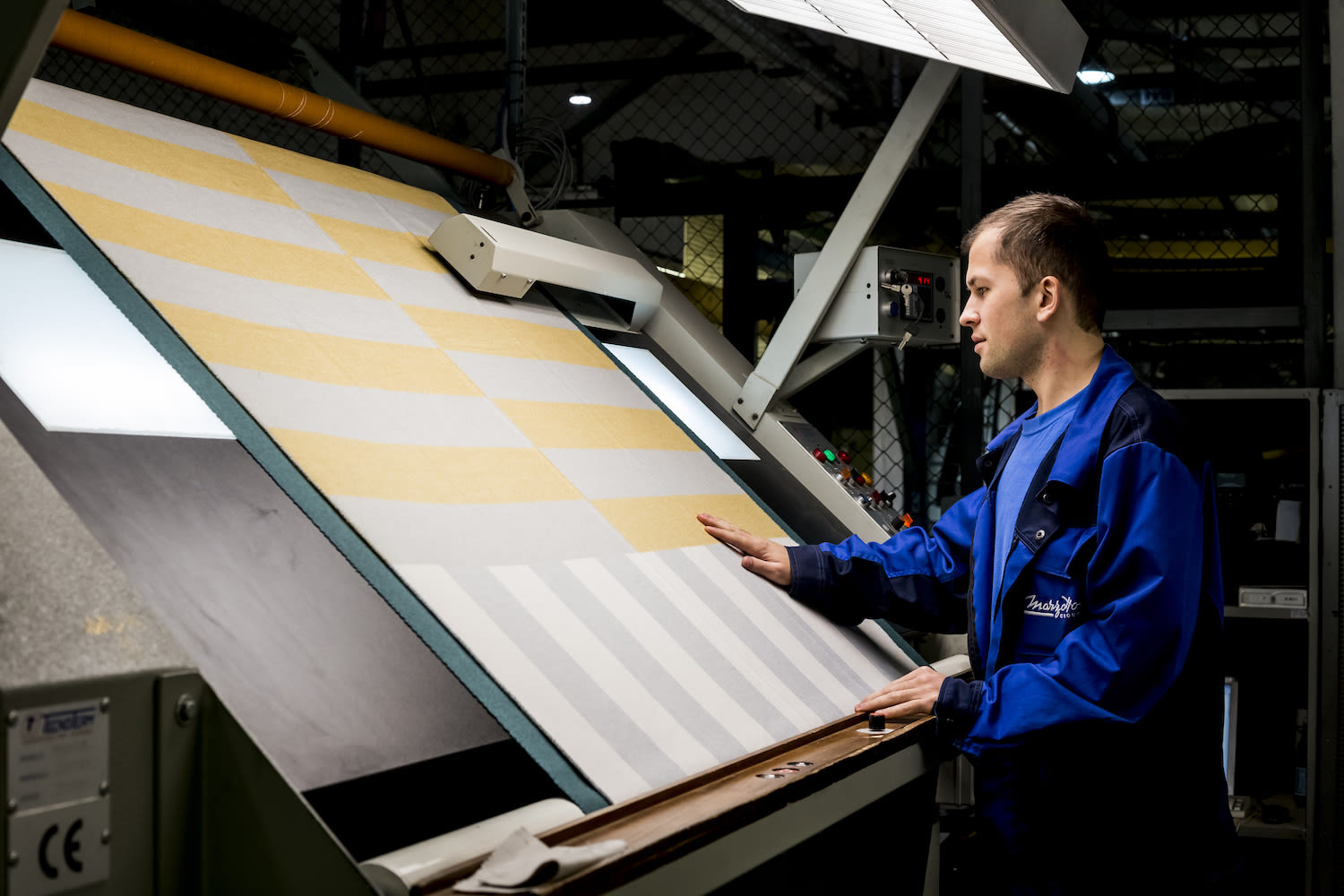
The final touch: The Stripe Throw